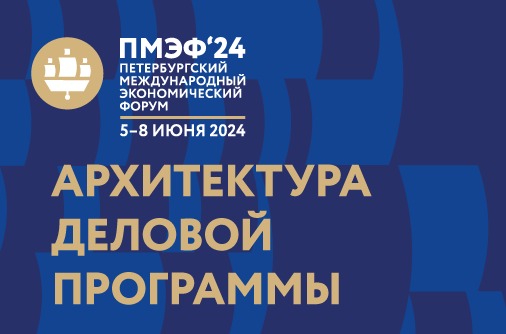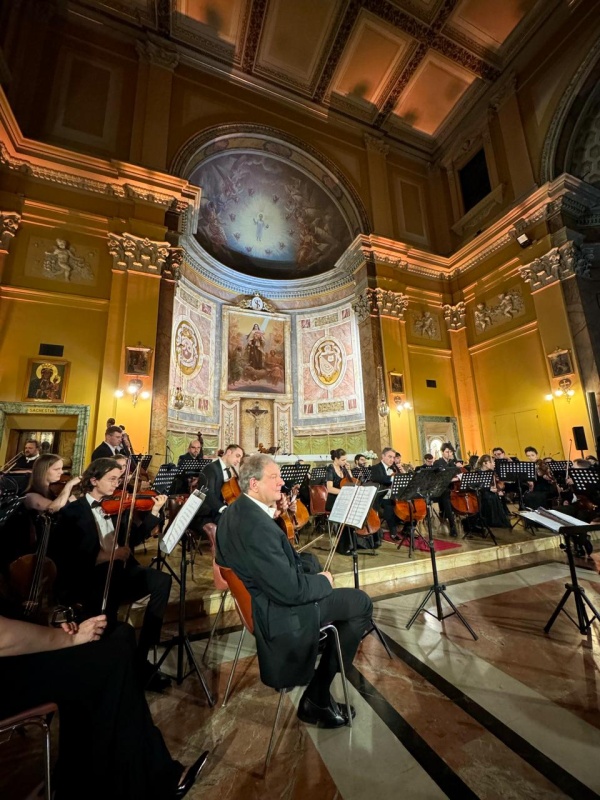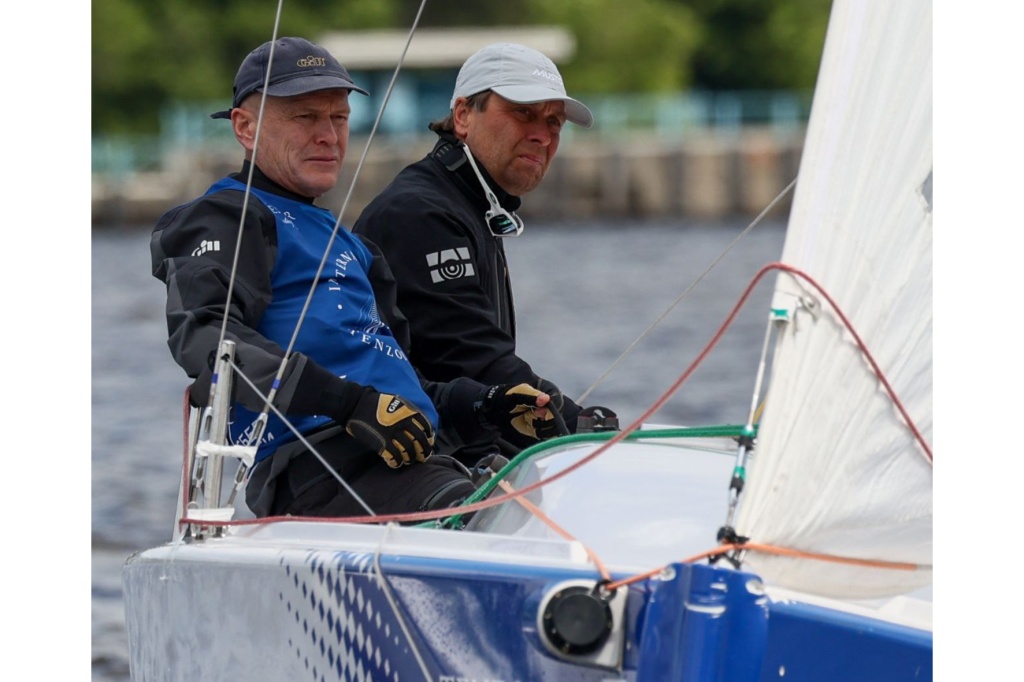
Ten business projects launched in St. Petersburg following SPIEF
Over the last ten years, St. Petersburg has succeeded in starting new production facilities that have become drivers of regional economic development. These are automobile and pharmaceutical clusters, large projects in medicine, transport infrastructure, defence and energy industries. Many of them have been launched in the city following the agreements announced and signed at SPIEF from 2006. See the background of 10 major projects in selected TASS materials.
Automobile cluster
In terms of production volume, the St. Petersburg automobile cluster is one of Russia’s leaders, accounting for at least 20% of the all-Russia output of this industry. At the moment, three car assembly plants are operating in St. Petersburg: Hyundai, Toyota, and Nissan. Their construction and star-up projects were launched in the course of several SPIEF events. Among them was also a General Motors plant, which was conserved in summer 2015 because of the slump on the car market. In June 2006, Nissan signed an agreement with the Ministry of Economic Development and Trade of the Russian Federation on launch of industrial assembly of Nissan vehicles in St. Petersburg. At the same time, the first foundation stone was laid for the future Hyundai works in St. Petersburg. In 2015, Toyota signed an agreement with the St. Petersburg authorities about doubling the capacity of its plant up to 100,000 vehicles a year.
Pharmaceutical cluster
Like the automobile cluster, the pharmaceutical cluster in St. Petersburg is one of the biggest in the country in terms of scale and investment. As part of the agreements negotiated at SPIEF, new plants are being built in the special economic zone of St. Petersburg and in the industrial zone Pushkinskaya. In 2010, four companies – Geropharm, Biocad, Samson-Med and Neon – signed agreements with the city administration. They declared their intention to invest more than RUB 7 billion in constructing their production facilities in St. Petersburg. At the moment, the projects are at different stages of readiness. In particular, Geropharm plans to complete the first stage of construction of a hi-tech plant in 2016, Samson-Med – in 2018.
In 2011, the first foundation stone was laid by the international pharmaceutical company Novartis during SPIEF. Production commenced in 2015; the level of investment into this project was estimated at more than USD 140 million.
Construction on the Western High-Speed Diameter
Construction on the toll expressway bypassing the city, the Western High-Speed Diameter, is the biggest public-private partnership project in Russia. Investment in the project is estimated at RUB 212 billion, of which RUB 82.9 billion are funds put up by investors. The consortium financing the construction of the most costly central section unites VTB Capital and Gazprombank. The financial closure of the deal occurred in 2012 at SPIEF. Two road sections are already functioning: the Northern (the Primorsky Prospekt to Scandinavia route) and the Southern (from St. Petersburg Ring Road to the River Ekateringofka Embankment). Construction on the central 12-kilometre eight-lane section stretches from the Ekateringofka quay across the western extremity of Vasilievsky Island to the right bank of the Bolshaya Nevka river. Its inauguration is scheduled for the autumn of 2016.
Defence Industry Complex
In 2010, Almaz-Antey announced during SPIEF that it would restart the project for relocating its five enterprises to an integrated scientific-industrial and design complex on the site of the Obukhovsky factory. Ultramodern anti-ballistic and air defence systems, strike systems, the most vital components of the GLONASS satellite system are manufactured there. In January 2015, a test complex of the North-West Regional Centre of Almaz-Antey was opened. Project delivery is continuing, with investment in the construction estimated at RUB 20.7 billion.
Energy
In 2015, it was announced at SPIEF that Rosseti would build a Mixed-Use Federal Electric Machinery Experimentation Centre in St. Petersburg, with the assistance of Vnesheconombank (VEB), the Skolkovo and Smolny Administration. Investment in the project is estimated at RUB 10.5 billion. The Centre will be used for testing electric machinery made in Russia; research and development in the energy sector will also be performed there. A site in Beloostrov has been allocated for this construction project.
Medicine
In 2015, during SPIEF, the St. Petersburg authorities signed an agreement with Centre of Nuclear Medicine under Berezin International Institute of Biological Systems. It was stated that they would build a unique Proton Beam Radiation Therapy centre worth RUB 8 billion in St. Petersburg, to treat 800 cancer patients a year. The construction project is due to be completed in 2017.
Import substitution
In 2015, as part of SPIEF, the St. Petersburg authorities agreed with ExpoForum International (affiliated with Gazprom) to create the Import Substitution and Localization Centre at the Lenexpo Exhibition Complex. This is the first and so far only project in Russia. The Centre constitutes a venue that serves as a home to a permanent exposition of the city’s biggest enterprises. On display there are St. Petersburg products (analogues of foreign prototypes); negotiations are also being held between different manufacturing companies. The ultimate goal of the project is mastering or localisation of products that have never been made in Russia before. Among the exposition’s participants are city administration committees and their departments, which now give preference to local manufacturers in case of state orders. The 20th St. Petersburg International Economic Forum will be held on June, 16–18 at a new venue in Shushary, a St. Petersburg suburb.
Source: tass.ru








